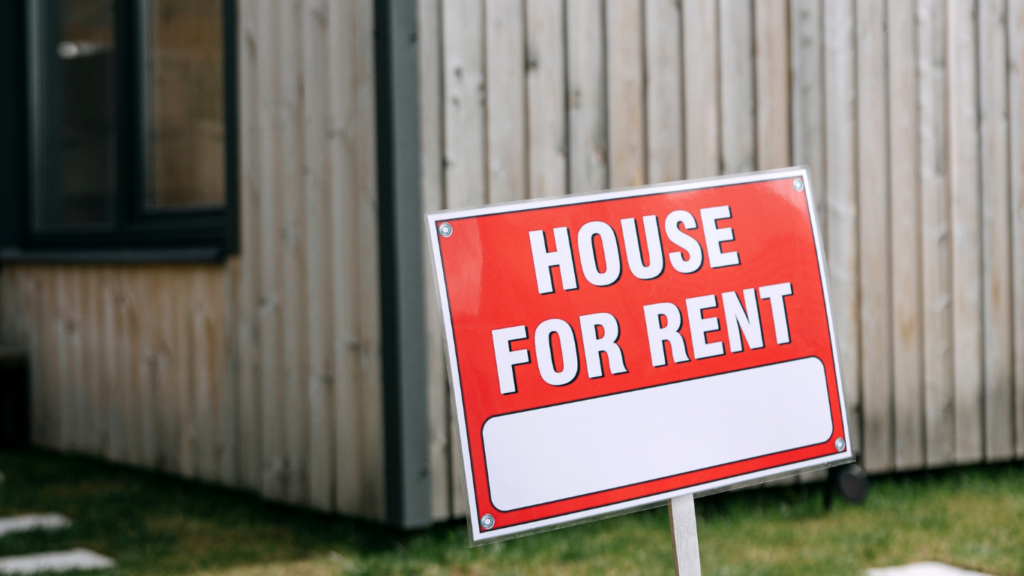Urbanization And Demographic Changes
Urbanization and demographic changes significantly impact the shift toward renting over buying.
Rise Of Millennials And Gen Z
Millennials and Gen Z individuals prefer renting due to lifestyle flexibility and delayed milestones. Renting offers the mobility to change cities or jobs without property sale constraints. Many Millennials carry student debt, impeding homeownership. Gen Z values experiences over asset accumulation, blending seamlessly with rental living.
Aging Population
The aging population, notably Baby Boomers, increasingly opts for renting. Downsizing from homes reduces maintenance burdens and frees up capital. The convenience of rented properties, often with community amenities, appeals to seniors. Some seniors seek urban areas for better access to healthcare and social activities, making renting a practical choice.
Economic Factors
Economic factors significantly impact the shift toward renting. Many individuals find owning a home less feasible due to various financial challenges.
Housing Market Prices
High housing market prices drive many people to rent instead of buy. In numerous urban areas, home prices spike due to demand surpassing supply. For example, cities like San Francisco and New York observe median home prices exceeding $1 million. Such high costs make it difficult for first-time buyers to save for down payments. According to the National Association of Realtors, the median existing home price in the US was $353,900 in April 2023. Renting often becomes a more viable option when homeownership entails significant financial strain.
Job Market Volatility
Job market volatility also influences the decision to rent. Unstable employment conditions create uncertainty in financial planning. For instance, during the COVID-19 pandemic, millions faced job losses and reduced hours. As reported by the Bureau of Labor Statistics, the US unemployment rate spiked to 14.8% in April 2020. When job security is low, committing to a mortgage becomes risky. Renting offers flexibility without long-term financial commitments, making it a preferred choice during uncertain economic periods.
Lifestyle Preferences
Renting appeals to people for various lifestyle reasons. Flexibility and minimal maintenance responsibilities are significant advantages.
Flexibility And Mobility
Renters enjoy unparalleled flexibility. Leases, typically spanning 12 months, offer an easy way to adjust living situations without commitment to long-term investments. Urban professionals, for example, can relocate closer to emerging job markets or take advantage of remote work opportunities by moving to more desirable locales. According to the US Census Bureau, 15.9% of US residents moved in 2020, indicating a high mobility trend.
Reduced Maintenance Responsibilities
Renting minimizes maintenance concerns. Property owners, not tenants, handle repairs and upkeep. For example, if an appliance breaks, reporting it to the landlord replaces the need for personal repair or replacement. This setup is enticing for individuals focused on careers or experiencing major life changes like retirement. It allows more free time and fewer unexpected expenses.
Policy And Regulation

Policy and regulation play crucial roles in the rental market’s dynamics. They significantly affect both landlords and tenants, shaping the broader trend toward renting.
Rent Control Laws
- Rent control laws impose restrictions on the amount by which rent can increase.
- Cities like New York and San Francisco have instituted these laws to protect tenants from exorbitant rent hikes.
- Rent control helps stabilize neighborhoods by ensuring affordability and preventing displacement.
- Landlords sometimes argue that these laws can lead to decreased investment in property maintenance and new housing developments.
Housing Policies And Incentives
Housing policies and incentives influence renter behaviors and landlord decisions. Government programs like Section 8 provide rental assistance to low-income families, making renting more accessible. Additionally, tax incentives and subsidies encourage developers to build rental properties, increasing the supply of affordable housing. Zoning laws also impact the rental market by dictating where and how many rental units can be built, balancing community needs with housing availability.
Technological Influence
Technological advancements are significantly driving the trend toward renting. Modern technology has transformed the rental landscape, making it more convenient and accessible for renters.
Apps And Platforms For Renters
Numerous apps and platforms streamline the rental process. For example, platforms like Zillow and Apartments.com offer detailed listings with photos, virtual tours, and neighborhood information. Renters can filter searches by price, location, and amenities, providing a customized search experience. Payment platforms like RentCafe and RentPayment simplify monthly rent payments, reducing the hassle for both tenants and landlords. These technological tools enhance the rental experience, making it more efficient and user-friendly.
Smart Home Technology
Smart home technology adds value to rental properties. Devices such as:
- smart locks
- thermostats
- security cameras
offer added convenience and security, appealing to tech-savvy renters. Smart thermostats like Nest and Ecobee allow tenants to control their home environment remotely, optimizing energy use and lowering utility bills. Integrating smart home technology can increase a property’s appeal and justify higher rental rates, contributing to the shift toward renting.
Environmental Considerations
The shift toward renting isn’t just about economic or lifestyle choices. Environmental considerations also play a significant role in this trend.
Sustainable Living
Renting encourages sustainable living. Urban apartments and rental homes typically have a smaller carbon footprint than suburban houses. Sharing amenities such as pools, gyms, and communal workspaces reduces waste and resource consumption. Renters often adopt minimalistic lifestyles, reducing waste production and energy usage. More people in a single building can lead to more efficient use of resources like water and electricity.
Energy Efficiency
Rental properties often prioritize energy efficiency. Property managers invest in energy-saving improvements, such as LED lighting and energy-efficient appliances, to attract tenants. This reduces both energy bills and environmental impact. Many modern rental units incorporate green building standards, featuring better insulation, double-glazed windows, and energy-efficient HVAC systems. Smart home technology like smart thermostats further helps in managing energy consumption efficiently.
Environmental factors contribute significantly to the rise in renting trends. Sustainable living reduces the environmental footprint, while energy-efficient measures lower utility costs and benefit the planet.


 Tara Salcedoner, the founder of Villa Estates Luxe, is a visionary leader in the luxury villa market, dedicated to providing valuable insights and resources for buyers, investors, and property managers. With a focus on current real estate trends and comprehensive market analysis, Tara ensures that the platform remains a trusted source of information. Her commitment to enhancing the luxury living experience through smart home technology and effective property management strategies has positioned Villa Estates Luxe as a premier resource in the industry.
Tara Salcedoner, the founder of Villa Estates Luxe, is a visionary leader in the luxury villa market, dedicated to providing valuable insights and resources for buyers, investors, and property managers. With a focus on current real estate trends and comprehensive market analysis, Tara ensures that the platform remains a trusted source of information. Her commitment to enhancing the luxury living experience through smart home technology and effective property management strategies has positioned Villa Estates Luxe as a premier resource in the industry.